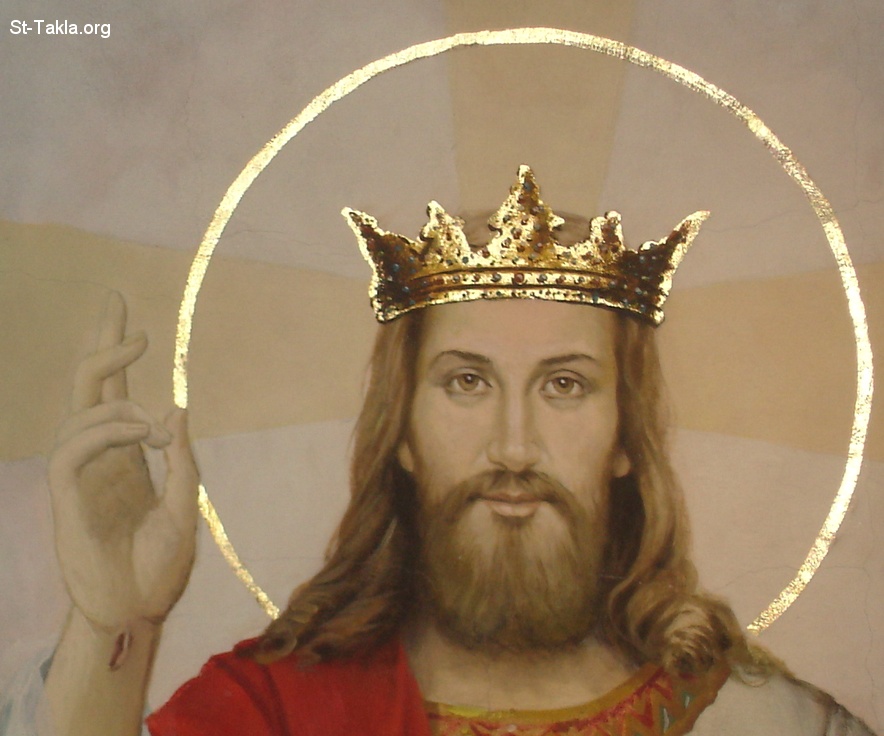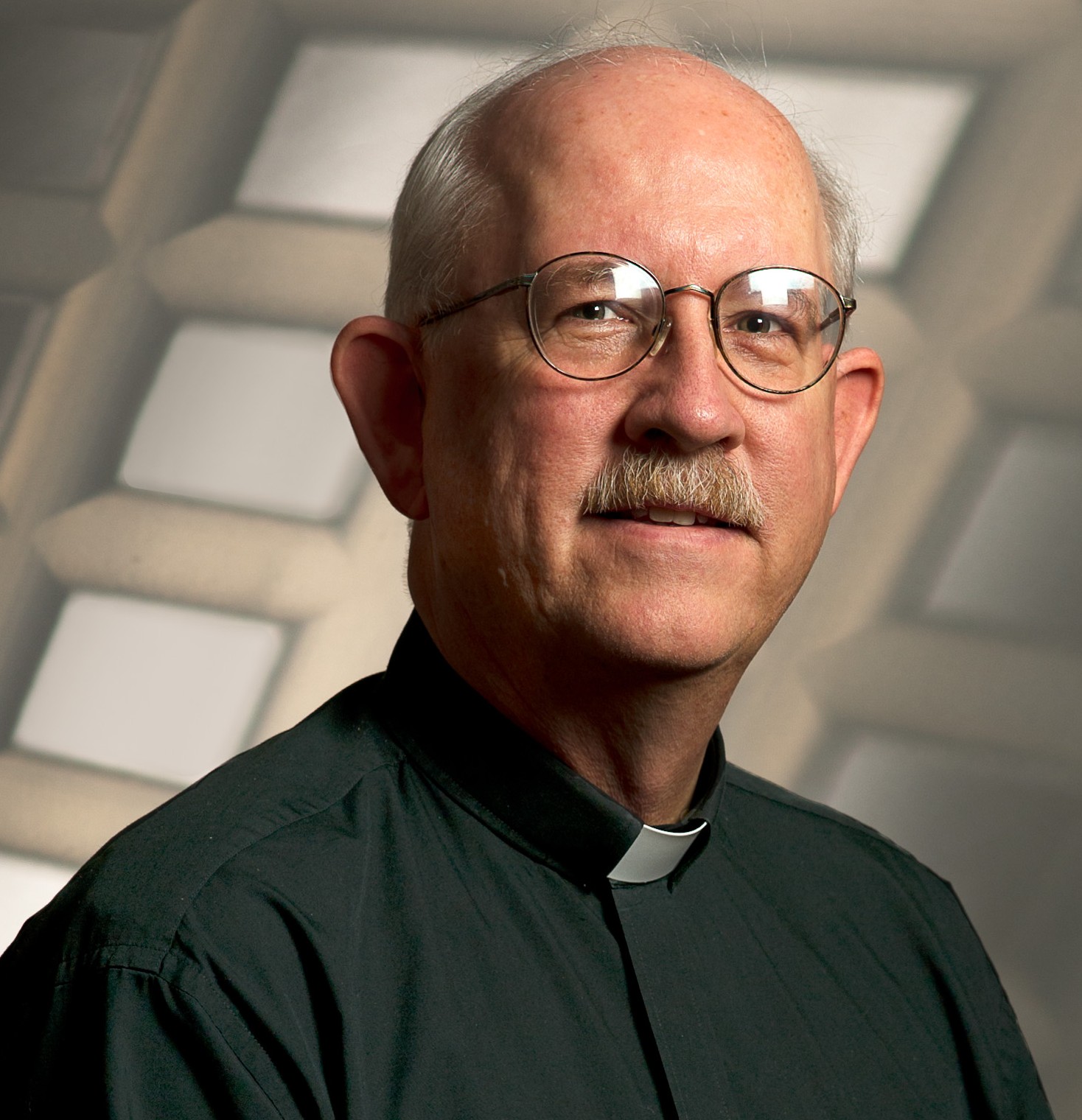
In the teaching of Pope Francis, the devil has a more dastardly
agenda than just convincing people to break one of the Ten Commandments;
“the enemy” wants them to feel weak, worthless and always ready to
complain or gossip. In his first month in office, Pope Francis continually preached about
God’s love and mercy, but he also frequently mentioned the devil and
that sly dog’s glee when people take their eyes off of Jesus and focus
only on what’s going wrong around them.
In the book “On Heaven and Earth,” originally published in Spanish in
2010, the then-Cardinal Jorge Mario Bergoglio, said, “I believe that
the devil exists” and “his greatest achievement in these times has been
to make us believe he doesn’t exist.”
“His fruits are always destruction: division, hate and slander,” he said in the book. As pope, his comments about the evil one reflect pastoral knowledge
of the temptations and injustices oppressing people, but they also echo
the Ignatian spirituality that formed him as a Jesuit, said one of his
confreres,
U.S. Jesuit Father Gerald Blaszczak, secretary for the
service of faith at the Society of Jesus’ headquarters in Rome. “Francis comes from a tradition — the Jesuit tradition — where the
presence of the evil spirit or ‘the enemy of our human nature’ is
mentioned frequently,” Father Blaszczak said.
In almost all his homilies, the Jesuit said, Pope Francis talks about
“the battle” people face between following the crucified and risen
Christ and “falling prey to negativity, cynicism, disappointment,
sadness, lethargy” — and the temptation of the “dark joy” of gossiping
or complaining about others. In the Spiritual Exercises of St. Ignatius of Loyola, who founded the
Jesuits, and in his Rules for the Discernment of Spirits, sowing
pessimism and despair “is the M.O. of ‘the enemy,’” Father Blaszczak
said.
St. Ignatius believed making progress in following Christ gives birth
to a sense peace and harmony, even in the face of challenges, he said.
The enemy doesn’t like that and tries to disrupt it, particularly by
tempting Christians to focus all their attention on themselves and their
problems — real or perceived — and to doubt whether they really are or
even can be capable of following the Lord.
“In these many homilies that Pope Francis has given in which he’s
warning people to avoid discouragement, to seize hope, to move on with
courage and not to fall prey to negativity or cynicism, he’s drawing on
this fundamental insight of St. Ignatius,” he said.
The Jesuit’s explanation of
“the enemy” in Ignatian spirituality can
be seen in several of the statements the pope has made about the devil,
including:
– At his weekly general audience April 17, the pope spoke about Jesus
being always near, ready to defend and forgive. “He defends us from the
insidiousness of the devil, he defends us from ourselves, from our
sins,” the pope said.
“He always forgives us, he is our advocate. … We
must never forget this.”
– At a meeting with cardinals March 15, the pope spoke about how the
Holy Spirit unifies and harmonizes the church.
“Let us never yield to
pessimism, to that bitterness that the devil offers us every day,” the
pope said. Rather, be certain that the Spirit gives the church
“the
courage to persevere.”
– In his homily on Palm Sunday, Pope Francis said: “A Christian can
never be sad. Never give way to discouragement.” Christian joy comes
from knowing Jesus is near, even in times of trial when problems seem
insurmountable.
“In this moment, the enemy — the devil — comes, often
disguised as an angel and slyly speaks his word to us.”
Father Blaszczak said the idea that the devil might disguise himself
as an angel also fits with the teaching of St. Ignatius, who said “the
enemy” often tries to corrupt generally positive inclinations and
attractions — including the desires for love or accomplishment and an
attraction to beauty — to create despair or “disordinate attachments”
that destroy interior peace end up moving a person’s focus away from
loving and serving God alone.
In Ignatius’ teaching, and in the teaching of Pope Francis, “there is
an edginess,” a seriousness about “the campaign, the opposition of the
evil one,” and about the strength and grace people need to resist and to
make the right decisions, he said. People must discern where God is
calling them, and following that call requires courage and “a
willingness to accept suffering and rejection.”
Ignatius “never gets away from the cross, which means there is
nothing fluffy about this. It will involve putting yourself in
situations of difficulty and strain. There’s a continual call to align
ourselves with the cause of Jesus, the cause of the kingdom,” the Jesuit
said.
The founder of the Jesuits was convinced, he said, that “it would be
the evil one who would try to dissuade us, who would say: ‘That’s silly.
That can’t be done. You’re not good enough. You couldn’t be called to
that. You don’t have what it takes. You don’t have the goods to make a
difference in building the kingdom.’” On the other hand, Father Blaszczak said, Pope Francis — like
Ignatius — would say that what God tells people is: “Yes, you are weak. I
know who you are and I call each one of you to lend your talents and
energy, commitment, love and gifts to the cause of the kingdom.”
Link (here) to The Catholic Spirit

































